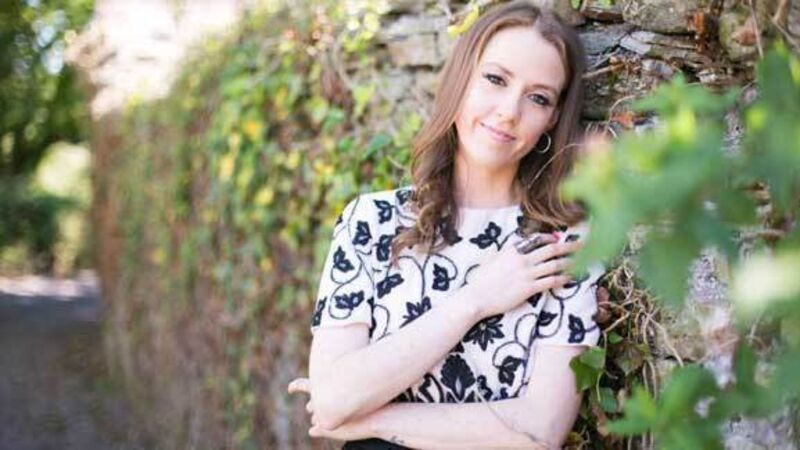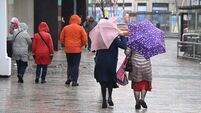It’s important that we’re aware of the historical context of the backlash against feminism

I went to the Tate Modern in London because I wanted to see what The New Yorker described as an ‘empathy-inducing installation’ about immigration by the Cuban artist Tania Bruguera.
While I was there, I also saw an exhibition titled ‘Magic Realism: Art in Weimar Germany’; a collection of art created between the first and the second world wars, a time of great social upheaval for the country. As I walked into one room, there was a large sign warning that the artworks might prove to be disturbing for some visitors, and I was immediately confronted with graphic images of violated female corpses.













